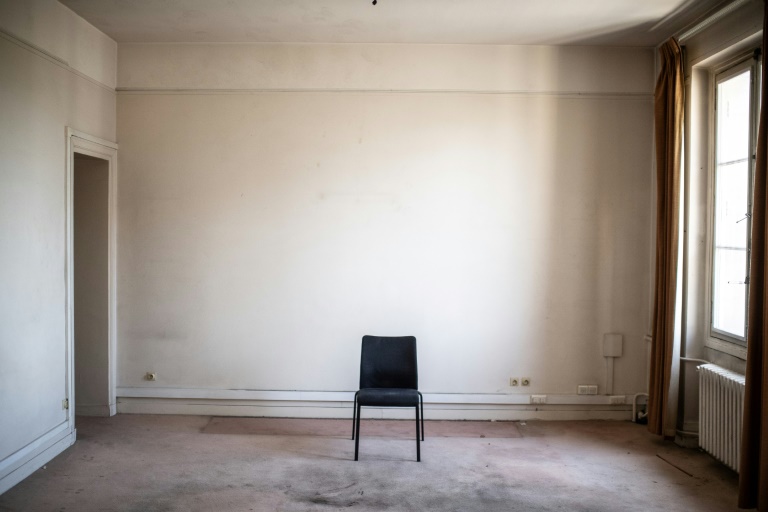
Paris (AFP) - A chair sits in the middle of the interrogation room, as if waiting for the next suspect and the doors of the cells swing wide open.
The former Paris headquarters of the judicial police (PJ), France's top criminal investigators, looks like it is ready for another day of work.
But these days the only permanent residents of the storied building at 36, Quai des Orfevres in the heart of Paris are the ghosts of its former employees -- and of the sometimes notorious criminals who passed through its doors over the course of a century.
In 2017, the PJ was moved along with other legal institutions out of central Paris to a shiny modern complex on the northwest of the city.
The new offices' only resemblance with its predecessor is its address: 36, rue du Bastion.
Maigret novels
The ominous-looking 19th-century building on Quai des Orfevres inspired a host of films and novels, most famously the Maigret books by the Belgian writer Georges Simenon whose hero is a senior detective at the PJ.
The great French filmmaker Henri-Georges Clouzot called his 1947 detective movie simply "Quai des Orfevres".The address alone was enough to evoke a sense of menace.
The building also lent its name to a prestigious prize set up for detective novelists in 1946: the Quai des Orfevres Prize.
Films inspired by the building starred some of France's greatest screen icons, such as Jean Gabin, Lino Ventura and Alain Delon.
Film noir
Even devoid of its former occupants, the building retains a creepy atmosphere worthy of a film noir.
Posters of wanted criminals still hang on the walls and filing cabinets remain in place.
"Brothers never rat out, you need to be men," one prisoner has carved into doorway.
The "36" as it is known among police has the spooky atmosphere of a place that has been left in a hurry.Its future use remains uncertain.
A small flight of stairs leads up to the roof where Paris police chiefs used to invite special guests for unrivalled views of the roofs of Paris.
Bars on the office windows on upper floors recall the security measures taken in the wake of the suicide in 2002 of prisoner Richard Durn who hurled himself from four floors up after confessing to eight murders.
Police crimes
Another notorious criminal to pass through its doors was Marcel Petiot, a doctor arrested in World War II just after the liberation of Paris from Nazi occupation.He had 27 corpses stored in his home.
The police too have their own dark past here.
A French court in February 2019 sentenced two police officers to seven years in prison for the rape of a Canadian tourist they had invited to visit their workplace in April 2014.
The "36" made headlines a second time in 2014 after 50 kilogrammes (110 pounds) of seized cocaine, with an estimated street value of two million euros ($2.2 million), vanished from a secure room in the building.Two officers were later jailed over the theft.







